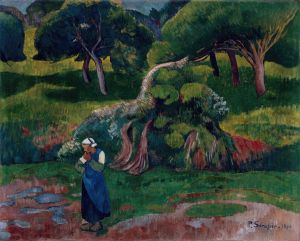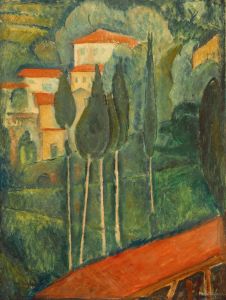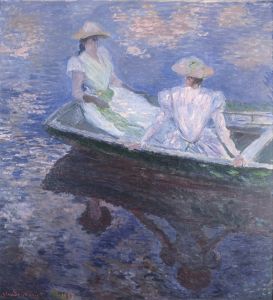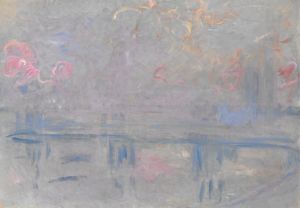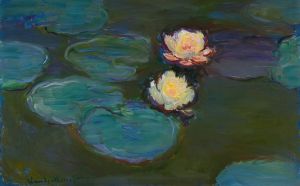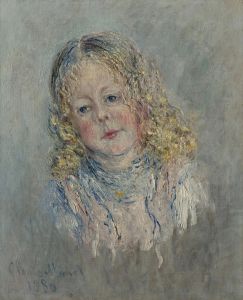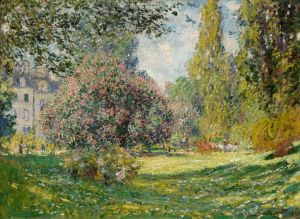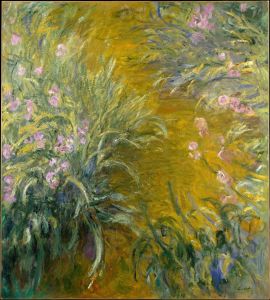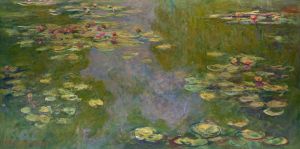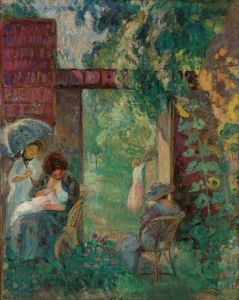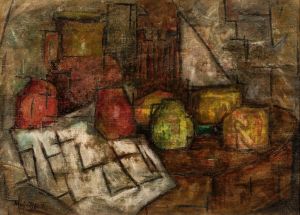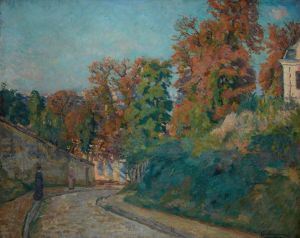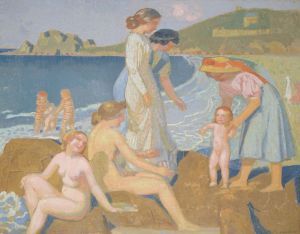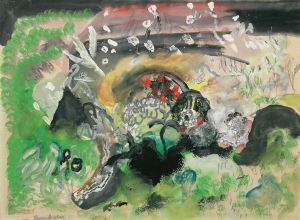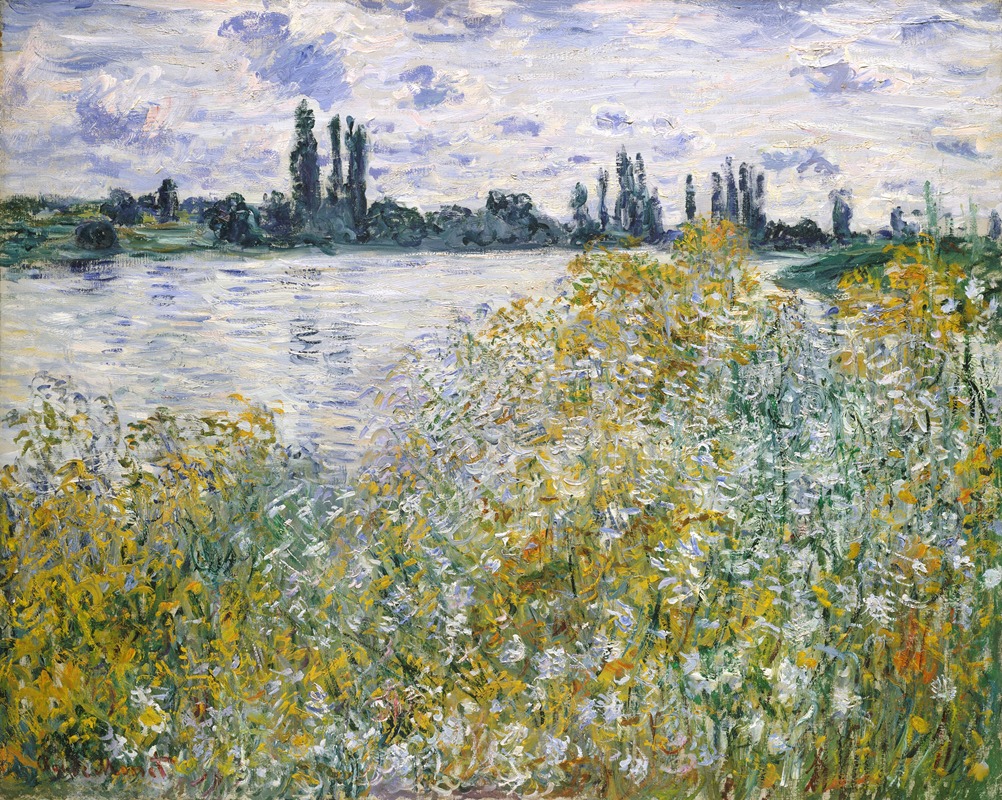
Île aux Fleurs near Vétheuil
A hand-painted replica of Claude Monet’s masterpiece Île aux Fleurs near Vétheuil, meticulously crafted by professional artists to capture the true essence of the original. Each piece is created with museum-quality canvas and rare mineral pigments, carefully painted by experienced artists with delicate brushstrokes and rich, layered colors to perfectly recreate the texture of the original artwork. Unlike machine-printed reproductions, this hand-painted version brings the painting to life, infused with the artist’s emotions and skill in every stroke. Whether for personal collection or home decoration, it instantly elevates the artistic atmosphere of any space.
Île aux Fleurs near Vétheuil is a painting by the renowned French Impressionist artist Claude Monet. Created in 1880, this artwork is part of Monet's extensive series of landscapes that capture the natural beauty and changing light of the French countryside. The painting depicts a small island, Île aux Fleurs, located near the village of Vétheuil, where Monet lived for a period of time.
Claude Monet, born on November 14, 1840, in Paris, is one of the most celebrated figures in the Impressionist movement. His work is characterized by a focus on light, color, and the transient effects of the natural environment. Monet moved to Vétheuil in 1878, seeking solace and inspiration after the death of his wife, Camille Doncieux. The village, situated on the banks of the Seine River, provided Monet with a wealth of picturesque scenes to capture on canvas.
Île aux Fleurs near Vétheuil showcases Monet's signature style, with loose brushstrokes and a vibrant palette that convey the lush greenery and serene atmosphere of the island. The painting captures the essence of a sunny day, with reflections of the trees and sky shimmering on the water's surface. Monet's technique of applying paint in small, quick strokes allows the viewer to experience the scene as a fleeting moment in time, a hallmark of Impressionist art.
During his time in Vétheuil, Monet produced numerous paintings of the surrounding landscape, including views of the Seine, the village, and its environs. These works are notable for their exploration of light and atmosphere, as well as their ability to evoke a sense of place. Île aux Fleurs near Vétheuil is a prime example of Monet's ability to transform a simple, natural scene into a dynamic and emotive work of art.
Monet's work in Vétheuil was instrumental in the development of his artistic style. The years he spent there were marked by financial difficulties and personal loss, yet they also saw the creation of some of his most enduring and beloved paintings. The natural beauty of the area, combined with Monet's innovative approach to capturing light and color, resulted in a body of work that continues to be celebrated for its artistic significance.
Île aux Fleurs near Vétheuil is housed in a private collection, and as such, it is not as widely known or exhibited as some of Monet's other works. However, it remains an important piece within his oeuvre, exemplifying the themes and techniques that define his contribution to the Impressionist movement.
In summary, Île aux Fleurs near Vétheuil by Claude Monet is a testament to the artist's skill in capturing the ephemeral beauty of the natural world. Painted during a pivotal period in Monet's life, it reflects his deep connection to the landscape of Vétheuil and his mastery of light and color. This painting, like many of Monet's works, continues to inspire and captivate viewers with its timeless charm and artistic brilliance.





